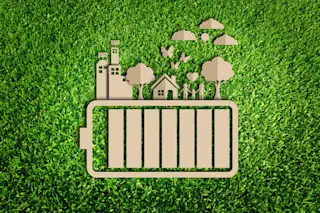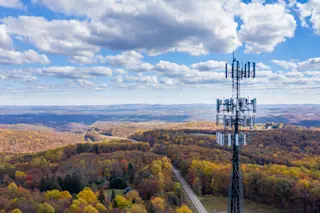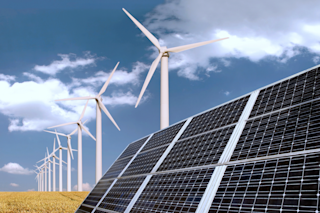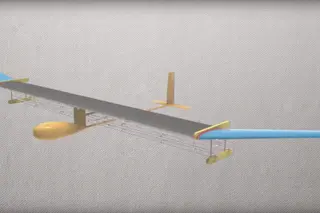This room may look unfamiliar, but it is one of the most important places in your life. Without it, you could not count on your house being warm and bright, your food staying safe in the fridge, or your ability to charge your iPad or cell phone. Behind the modern world is a vast wired network transmitting electricity to consumers. We call it the grid, but it is not as neat and orderly as the name implies. The hodgepodge of connections evolved over 100 years from a patchwork of local networks, interstate transmission lines, and ad hoc fixes. It is divided into three parts—the Eastern Interconnection, the Western Interconnection, and Texas. Pictured here is the grid control center for the Electric Reliability Council of Texas. Generators and distributors of electricity depend on it to communicate and to prevent leaving customers with too much or too little power. The result would ...
Spy on the Inside: Underground Control Center for Texas' Power Grid
Explore how the electric grid's instability impacts Texas and the need for renovation to embrace renewable energy.
More on Discover
Stay Curious
SubscribeTo The Magazine
Save up to 40% off the cover price when you subscribe to Discover magazine.
Subscribe













